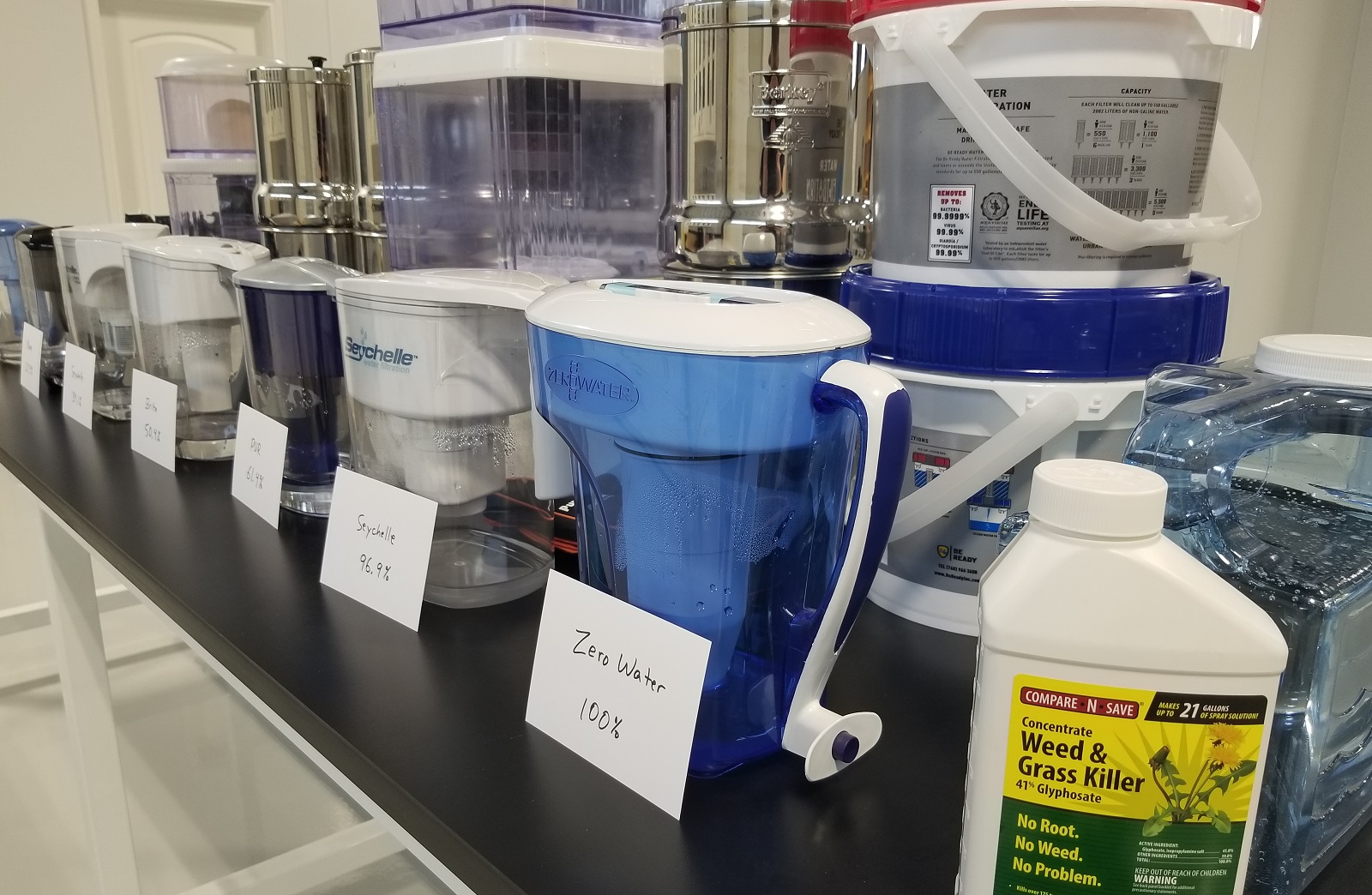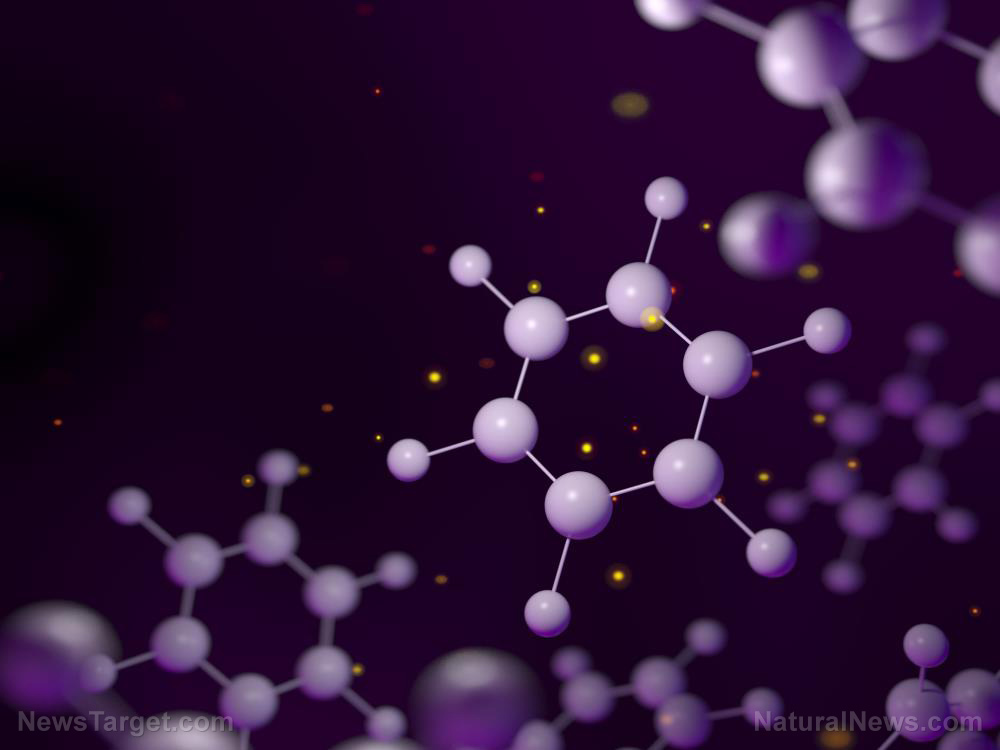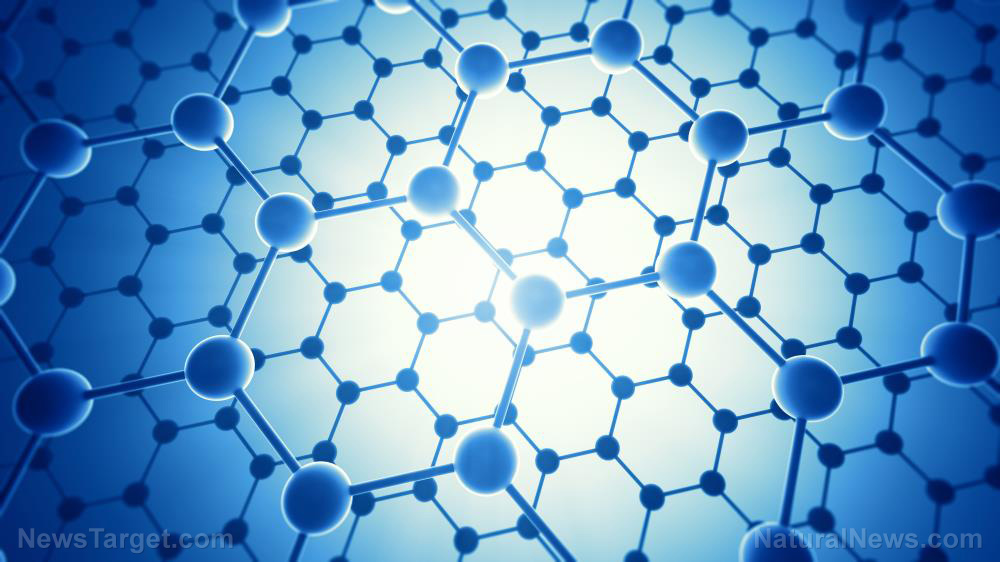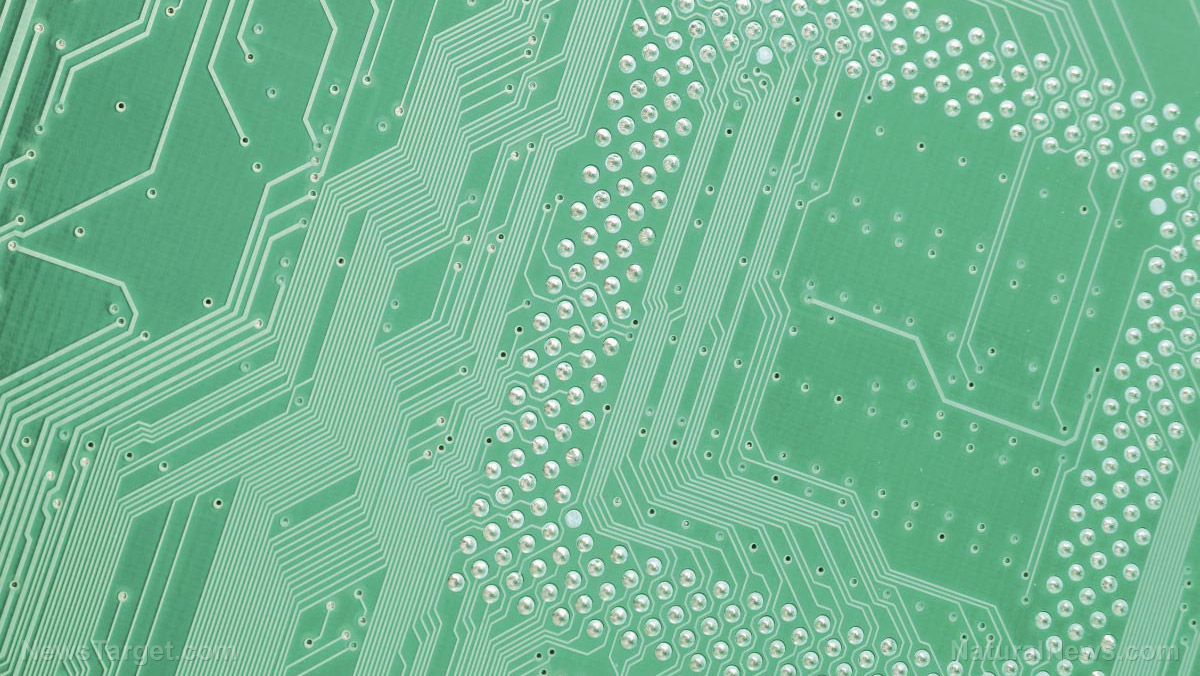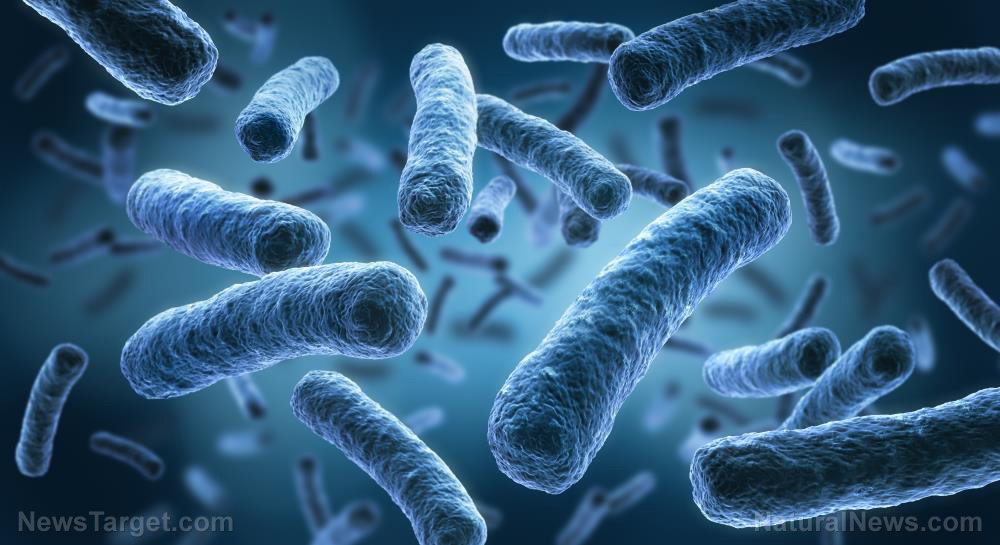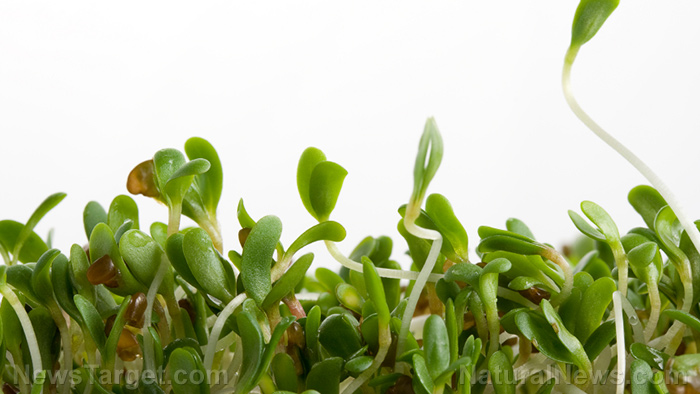New stable photoelectrochemical cell opens the door to more efficient solar cells
02/05/2019 / By Edsel Cook

New York-based researchers have finally solved the serious instability problems that plague solar cells involved in the production of hydrogen fuel. They encased the cell in a very thin layer of titanium dioxide that allows the passage of light but keeps disruptive effects out.
The encapsulation technique physically separates the volatile solar cell from the energetic water-splitting reaction. Thanks to the barrier, the researchers can improve the efficiency of both the photoelectric and the electrochemical processes without running the risk of one disrupting the other.
Solar cells are traditionally used to turn sunlight into electrical energy through the photoelectric process. However, they can also be integrated into photoelectrochemical cells that produce renewable fuel.
In this role, the solar cell provides electrons to a chemical process that breaks up a water molecule into its hydrogen and oxygen atom components. The hydrogen can be used as clean fuel or further processed into more complex fuels, while the oxygen is beneficial to humans and the electricity comes from the sun.
The main problem of the photoelectrochemical process is that the water-splitting process needs very specific pH levels to get the most hydrogen out of water. This oxidizing catalyst can damage the solar cell, which leads to instability in the system. (Related: Scientists have improved the efficiency of converting solar energy into hydrogen with a metal-free photocatalyst.)
Designing a solar cell that can withstand destructive oxidation
Researchers from the University of Rochester (Rochester) wanted to maintain the stability of the solar cell. They also desired to increase the amount of hydrogen obtained from the water-splitting process.
To achieve these improvements, they examined the photoelectric part of the cell and its interaction with the catalyst that breaks water down into oxygen and hydrogen. They also compared their artificial systems with the photosynthetic process by which plants turn sunlight into food.
The oxidation levels needed to produce O2 from water are similar to the conditions that trigger rusting in iron-based metals. Unfortunately, the solid-state solar cell is also made out of metal.
Furthermore, high levels of oxidation could harm the organic dyes that improved the photosensitivity of the cell. They would also damage the catalyst molecules, which reduced the chance of reusing the chemicals.
The Rochester researchers designed a dye-sensitized solar cell with the necessary resistance to this destructive oxidation process. The new device is not only tougher and more stable than its predecessors, it also displayed a higher level of current density.
The most important change they adopted was to coat the molecular parts of the solar cell in titanium dioxide. The coating was only two nanometers thick and highly resistant against oxidation.
Updated dye-sensitized photoelectrochemical cell produces more hydrogen fuel
During initial testing, the Rochester researchers found that the encapsulated solar cell performed worse than the unmodified one. The titanium oxide coating was thin enough to let light pass through it, but its high electrical resistance made it more difficult for an electrical current to get out of the cell.
They resolved this problem by detaching the light-absorbing dye from the solid-solution interface of the solar cell. Since it no longer needed to be attached to the cell, the dye could be changed out for a different chemical that could grab a larger chunk of sunlight.
In turn, this allowed the researchers to adjust the pH of the cell. The higher oxidation levels increased the efficiency of the water-splitting process, resulting in greater amounts of hydrogen fuel.
The researchers believe there is much to improve in their prototype photoelectrochemical cell. They plan to embed other materials in the titanium dioxide barrier in order to reduce the layer’s electrical resistance.
Sources include:
Tagged Under: hydrogen, hydrogen fuel, new tech, photoelectrochemical cell, renewable energy, renewable fuel, solar cell, solar power

